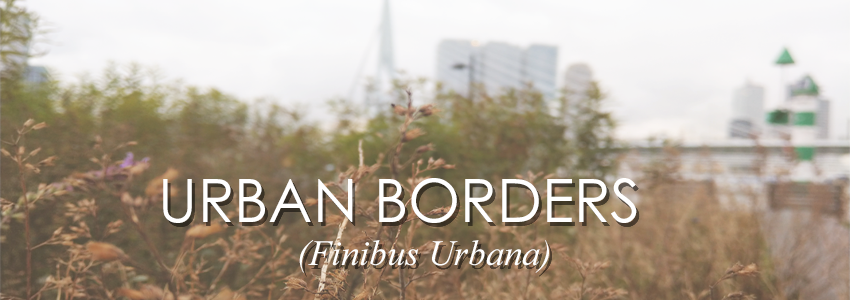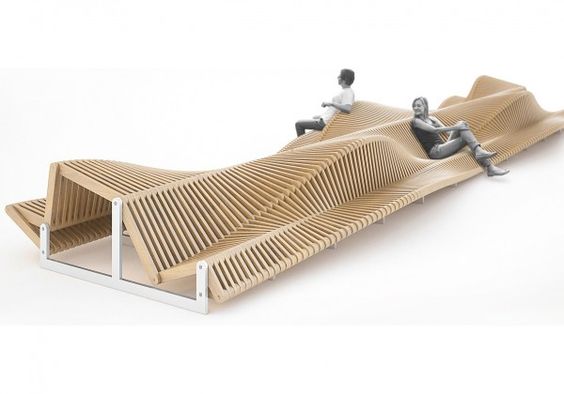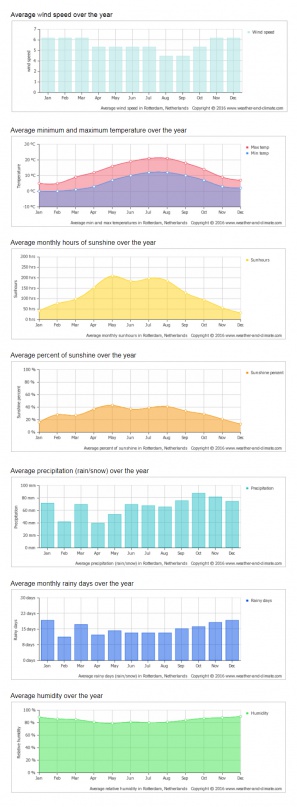Msc1G2:Research
TUD2
Research
- Process and Reflection on the workshop in Dessau
- Human Research containing the ergonometry of the human body
- Animal Research about the different fauna species
- Site Analysis containing the ergonometry of the human body
Process and Reflection
The workshop consisted in the parametric design and robotic production of a fragment of urban furniture in the context of Dessau’s Elb river. The first days we developed the concept of adaptation to the natural environment and the functionality for different users other than humans such as insects, birds, etc. Based on these ideas and on 3 different sitting positions we designed a form that adapted to those general parameters.
After we had a general shape of urban furniture we applied the Voronoi principle on a selected fragment of it. This principle is present throughout many systems in nature: the idea of fragmentation that generates different degrees of density and porosity. The parameters used to determine the areas with higher density or porosity in the fragment’s surface were the force lines of tension and compression which were obtained through a plug-in in grasshopper.
Finally we applied grasshopper scripts to generate the Kuka robot’s path of movement to hot wire-cut the basic shape and then mill the details of the surface, both bumps and holes. At the start of the hole-drilling stage, however, we realised that the drill’s scale and ‘bumps’ were not proportional, so we decided to only drill a few holes to avoid destroying the texture and form obtained.
To conclude, the workshop was a very helpful and didactic way to get introduced to parametric design and robotic fabrication because we got to create an object in a very short period of time with hands-on experience.
What we’ll implement
Back in Delft, we will have more time to further develop the concepts that we came up with during the workshop: Adaptation to nature Relationship with water Different types of users, people, insects, animals Different sitting/lying positions throughout the object Compression and tension forces as parameters
As a starting point we will also use the same material (EPS) and methods of production (Hot wire cutting combined with milling with the Kuka robot). Nevertheless, for our final project we will also consider the conditions of the new context, in Rotterdam, mapping of the user’s movements, environmental factors such as temperature, radiation, wind, precipitation and ways in which our object can contribute to a more dynamic and comfortable urban life.
Human Research
Lorem ipsum dolor sit amet, consectetur adipiscing elit. Nam cursus eros non elit sodales pretium. Proin tristique ultrices placerat. Sed in enim dictum, convallis eros id, cursus erat. Donec posuere, felis nec molestie sagittis, lectus odio bibendum dui, ac molestie dui velit ultrices metus. Sed ex nunc, vehicula non metus eget, venenatis facilisis sapien. Pellentesque ac volutpat orci, sit amet pretium felis. Donec dolor est, commodo in consectetur ut, blandit nec eros.
Praesent in interdum elit, vel ultrices arcu. Sed dolor lacus, tempor sed pellentesque sit amet, sodales sit amet arcu. Phasellus eget gravida urna, id sollicitudin quam. Cras gravida libero ultricies porttitor tempor. Nunc nisi odio, auctor eget interdum lacinia, placerat sit amet nunc. Fusce in enim at lorem cursus suscipit quis varius est. Suspendisse non quam eu dolor vestibulum euismod non a nibh. Mauris in fermentum ipsum, sed aliquet ante. Nulla at neque urna. Donec elit ex, rutrum eu sem non, bibendum dignissim enim. Nullam convallis orci in fermentum laoreet. In venenatis tincidunt tellus, quis eleifend metus laoreet eu. Maecenas dignissim pulvinar metus hendrerit vulputate. Praesent tristique lectus quam, sit amet ornare orci placerat sed.
Animal Research
Quisque eu mauris finibus est venenatis vulputate et vitae odio. Pellentesque maximus malesuada mauris, id facilisis augue sodales ac. Fusce cursus purus diam, eu mollis nibh placerat ac. Mauris eros dolor, mollis at eros ullamcorper, luctus dignissim orci. Phasellus quis quam ac tortor fringilla maximus vitae pretium nunc. Proin commodo sed lorem eget pulvinar. Duis in mauris facilisis magna aliquam commodo et vel libero. Integer vitae eros at diam accumsan aliquet vitae quis nibh. Sed sit amet venenatis leo. Mauris ut justo neque.
Site Analysis
Seasons
Based on the climate analysis, we can conclude that the main factors of climate comfort for the users would be shading during the warmer months with more sunlight hours and the protection/sheltering from the wind, specially during the colder months of january and february. These diagrams can provide us with additional parameters to shape to our object in accordance to the prevailing directions of the wind and the angles of the sun in different seasons. Seasons Winter, from December to February, is cold: temperatures are on average a few degrees above freezing (0 °C or 32 °F) during the day, while at night they are around freezing; wind and humidity often exacerbate the feeling of cold. However, different weather situations can occur. When the westerlies blow, the temperature can be quite mild, and can reach 10/12 °C (50/54 °F), but there can be wind and rain. On the other hand, when the city is affected by cold air masses from Russia, the temperature drops below freezing, for longer or shorter periods, even during the day. During the most intense and prolonged cold waves, rivers and canals can freeze. Generally the temperature does not drop below -13 °C (9 °F); more rarely, it can drop further, to around -20 °C (-4 °F) in the coldest winters. Snowfalls in Rotterdam are quite frequent, though usually not abundant, and occur in the form of sleet or light snow, sometimes however snow can accumulate on the ground, and last for many days, if it occurs during cold waves. Spring, from March to May, is initially cold, with possible snowfalls still in March, and then it gradually becomes milder in April and May, although some cold days, with highs around 10 °C (50 °F), can occur also in May, especially in the first half of the month. However, April and May are, albeit slightly, the least rainy and cloudy months. Typically, in the second half of May the temperature becomes permanently acceptable, and there can be the first pleasantly warm days, with highs around 25 °C (77 °F) or even above. Summer, from June to August, is mild, and the flow of Atlantic fronts does not cease even in this season; the wind blows constantly from the sea, and rainfall is also quite frequent. However, there are pleasant periods, in which daytime temperatures are between 20 °C and 25 °C (68 °F and 77 °F), but also cooler periods, in which they remain below 20 °C (68 °F). At night it can be a bit cold, in fact the temperature can drop below 10 °C (50 °F) even in July and August. Sometimes there can be hot days, in which the temperature can reach 28/30 °C (82/86 °F), but this may not occur for a whole month. Autumn, from September to November, is initially pleasant, ie in the first half of September, then it gradually becomes more cold, dull, wet and windy. The first night frosts usually occur in November, but sometimes also in October.


